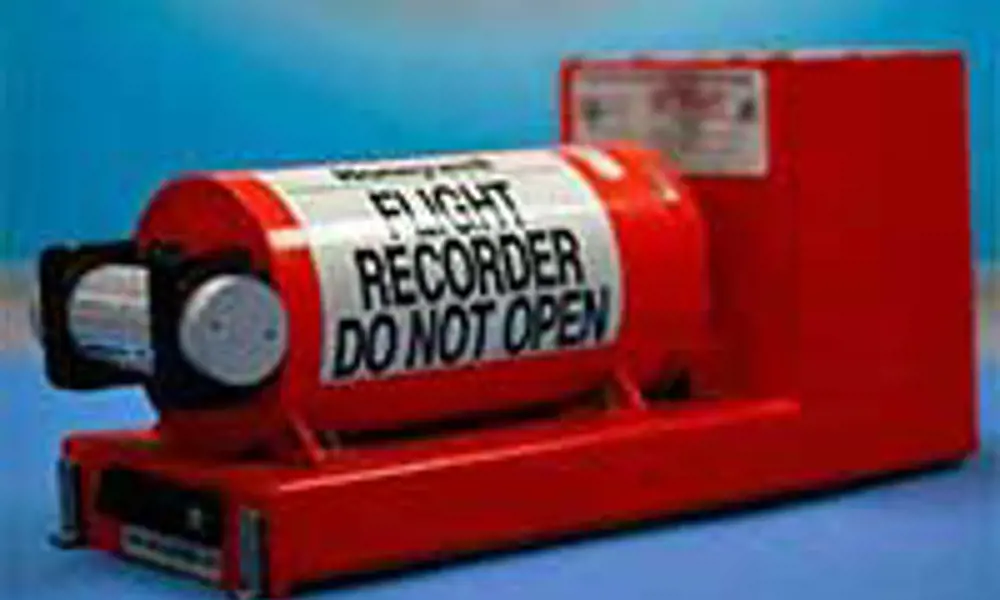
HOW DOES THAT WORK? - Black boxes (From a suggestion by Richard Walder)
Aircraft accidents are rare, but when they happen can be deadly, sometimes leaving no witnesses. Air accident investigators can use two flight recorders that record four channels of cockpit voice data and hundreds of channels of flight data to find the causes of an accident. These recorders, nicknamed ‘black boxes’ are actually red or orange and are able to withstand extreme levels of heat and pressure.
Each unit is the size of a shoe box, weighs around 10kg, and can withstand a 1,000 g-force crash load for a fraction of a second as well as a 1,100°C fire for half an hour. An underwater locator beacon (grey cylinder on left of photo) is attached to the black box which works for 30 days. The black box is usually located under the tail where it is more likely to survive a crash.
Black boxes have been mandatory in airliners since the 1960s when wire recorders were used, followed by magnetic tape, and now solid state hard drives. Modern systems record at least 30 minutes of voice and 25 hours of flight data.
Cases such as the recent loss of Malaysian Airlines Flight 370 are a reminder that recorders must be physically recovered to be of use. They are usually found in one piece, albeit sometimes months or years later. Live-streaming data through satellites could provide a backup system or even eventually replace the black box. Advances in communications technology mean that this could become a secure, viable alternative for air accident investigators in the future.
Keep up-to-date with Ingenia for free
SubscribeOther content from Ingenia
Quick read

- Environment & sustainability
- Opinion
A young engineer’s perspective on the good, the bad and the ugly of COP27

- Environment & sustainability
- Issue 95
How do we pay for net zero technologies?
Quick read

- Transport
- Mechanical
- How I got here
Electrifying trains and STEMAZING outreach

- Civil & structural
- Environment & sustainability
- Issue 95